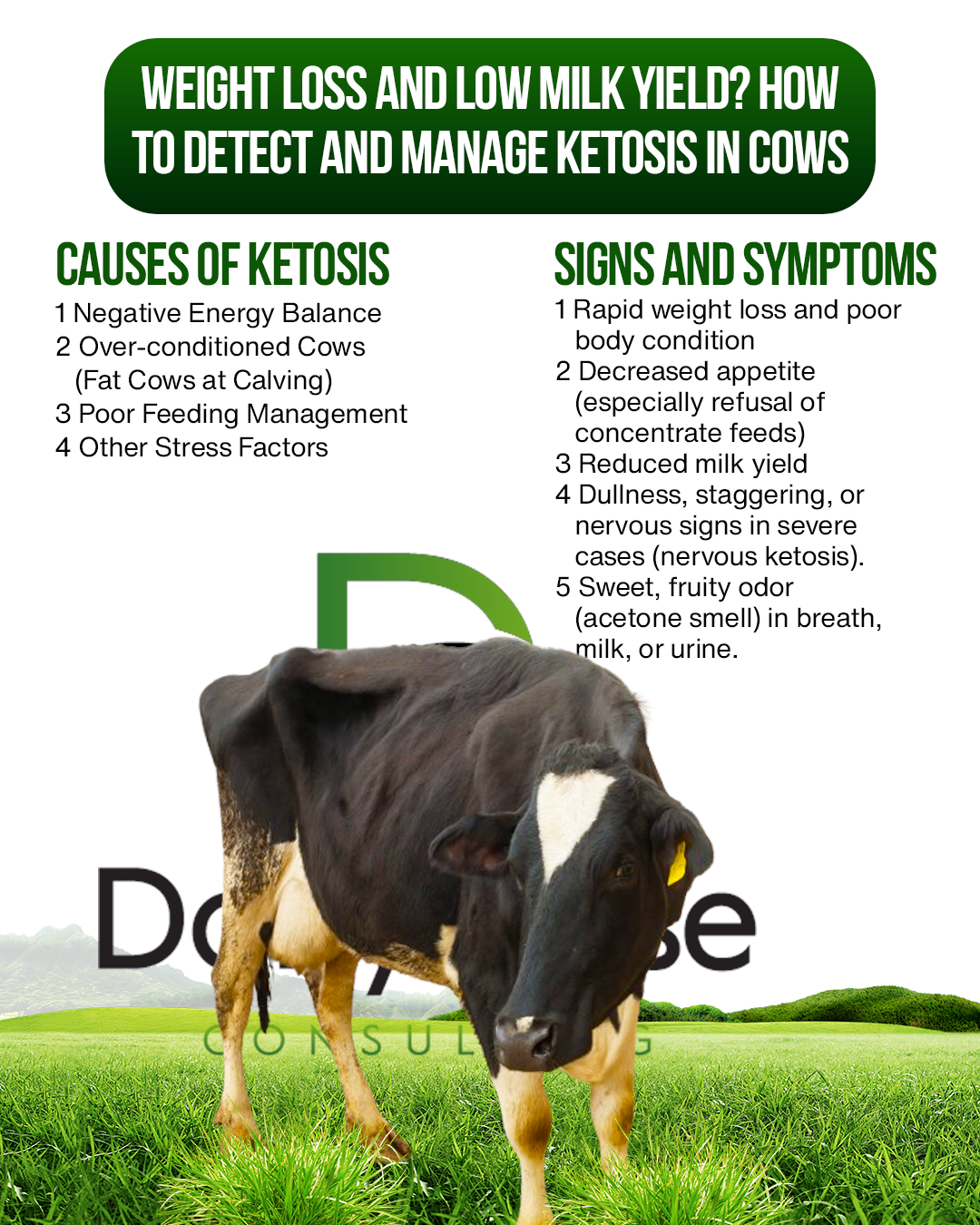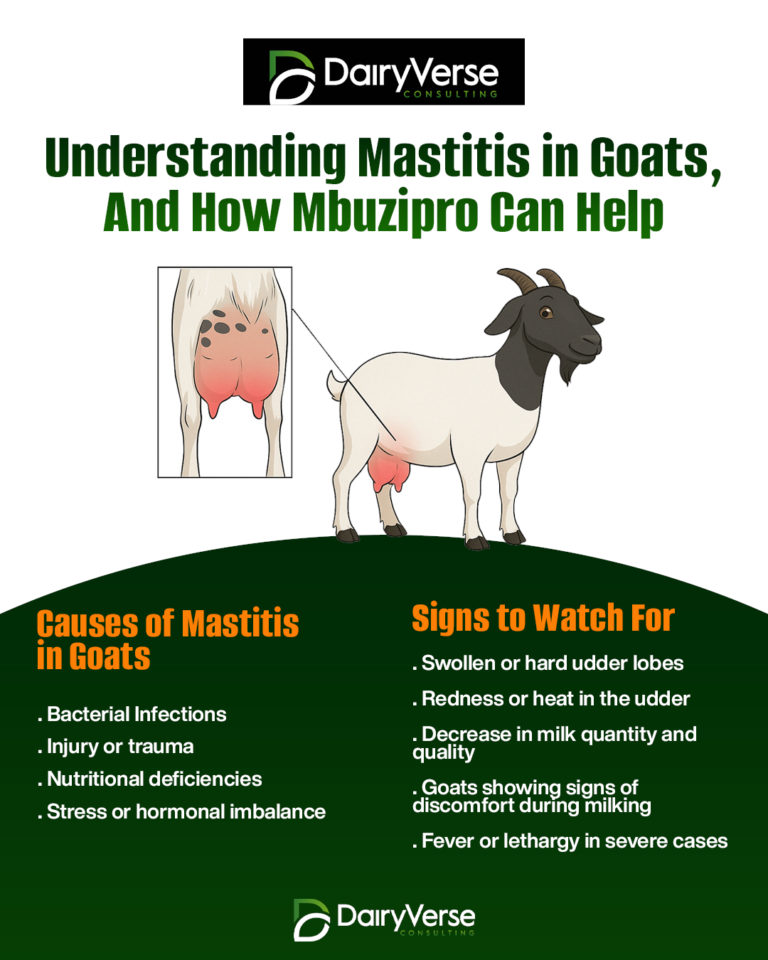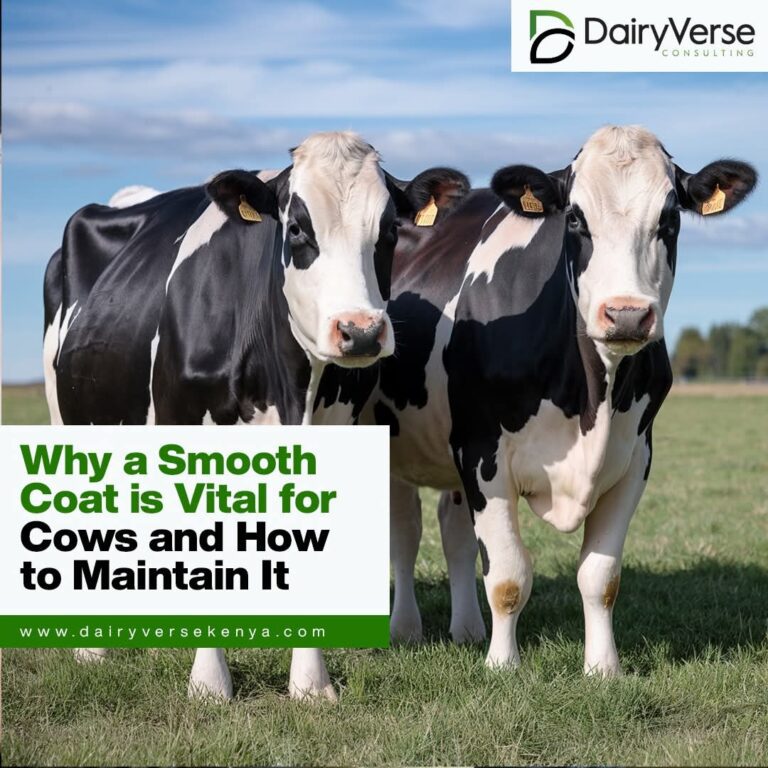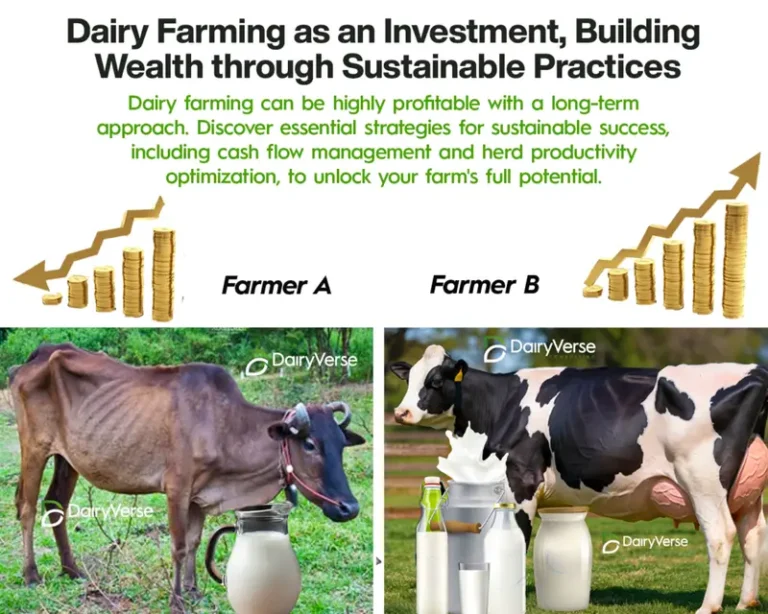Ketosis in Dairy Cows: Causes, Symptoms, and Prevention
Ketosis is one of the most common metabolic diseases in dairy farming, especially during the first few weeks after calving. It occurs when a cow’s energy demands for milk production are greater than the energy she takes in from feed. To bridge the gap, the cow mobilizes body fat, which leads to the production of ketones in the blood, urine, and milk. If not controlled, ketosis causes huge losses in milk production, fertility, and overall cow health.
Causes of Ketosis
- Negative Energy Balance (NEB):
- After calving, milk production rises sharply, but feed intake lags behind. This imbalance forces the cow to burn body fat for energy, producing ketones.
- Over-Conditioned Cows at Calving (Fat Cows):
- Cows that are too fat at calving eat less, leading to an even bigger energy gap.
- Poor Feeding Practices:
- Low-energy rations, poor-quality forages, or sudden feed changes.
- Insufficient carbohydrates, which are needed to properly utilize body fat.
- Other Stress Factors:
- Difficult calving, retained placenta, mastitis, or metritis often trigger ketosis.
Signs and Symptoms of Ketosis
- Rapid weight loss and poor body condition (thin, bony appearance).
- Reduced appetite, especially refusal to eat concentrates.
- Drop in milk production.
- Dullness, weakness, or staggering (in severe cases, nervous ketosis).
- A sweet, fruity odor (like nail polish remover) in breath, urine, or milk.
Prevention of Ketosis
- Proper Transition Cow Management:
- Avoid over-conditioning during the dry period. Cows should calve at a Body Condition Score (BCS) of 3.0–3.5 (not too fat, not too thin).
- Balanced Rations:
- Provide high-quality forage and sufficient concentrates in early lactation.
- Include adequate fiber to maintain healthy rumen function.
- Feed Additives:
- Niacin, rumen-protected choline, and monensin can help lower the risk of ketosis.
- Booster+® for Energy Support:
- Since ketosis is one of the most common metabolic diseases in dairy farming, supplementing cows with Booster+® can play a vital role in prevention. ✅ Booster+® is given for 18 days and helps improve the cow’s metabolism (how the body uses food and energy). It also adds more protein and energy to the cow’s diet, reducing the risk of negative energy balance that often leads to ketosis. By supporting energy needs during early lactation, Booster+® keeps cows healthier, stronger, and more productive.
- Early Detection:
- Regularly test cows for ketones (in blood, urine, or milk), especially high-yielders after calving.
- Good Calving Management:
- Steam up your cows 3 weeks before calving using Tranzpro®. This prepares the cow’s body, helps her calve smoothly, and ensures the placenta falls within 2 hours.
- Minimize stress during calving.
- Promptly address retained placenta, milk fever, or infections.
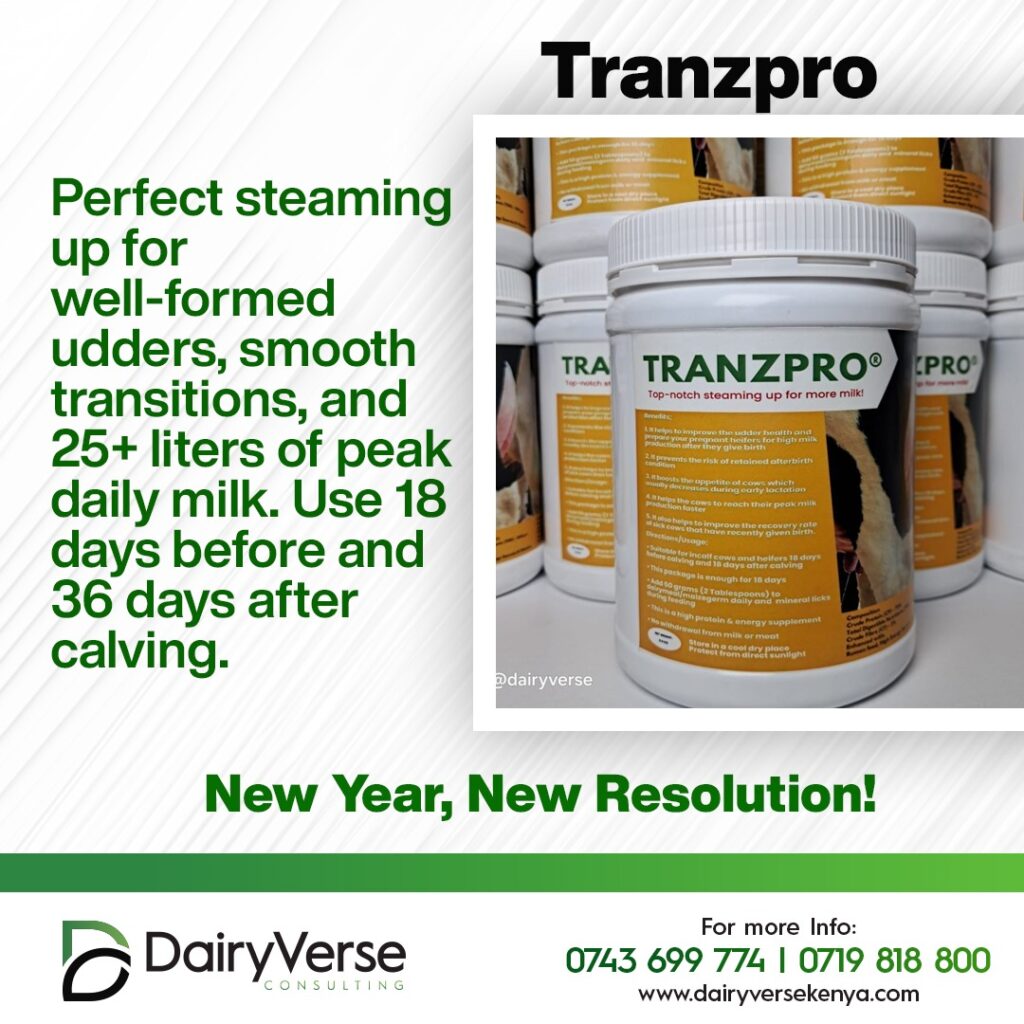
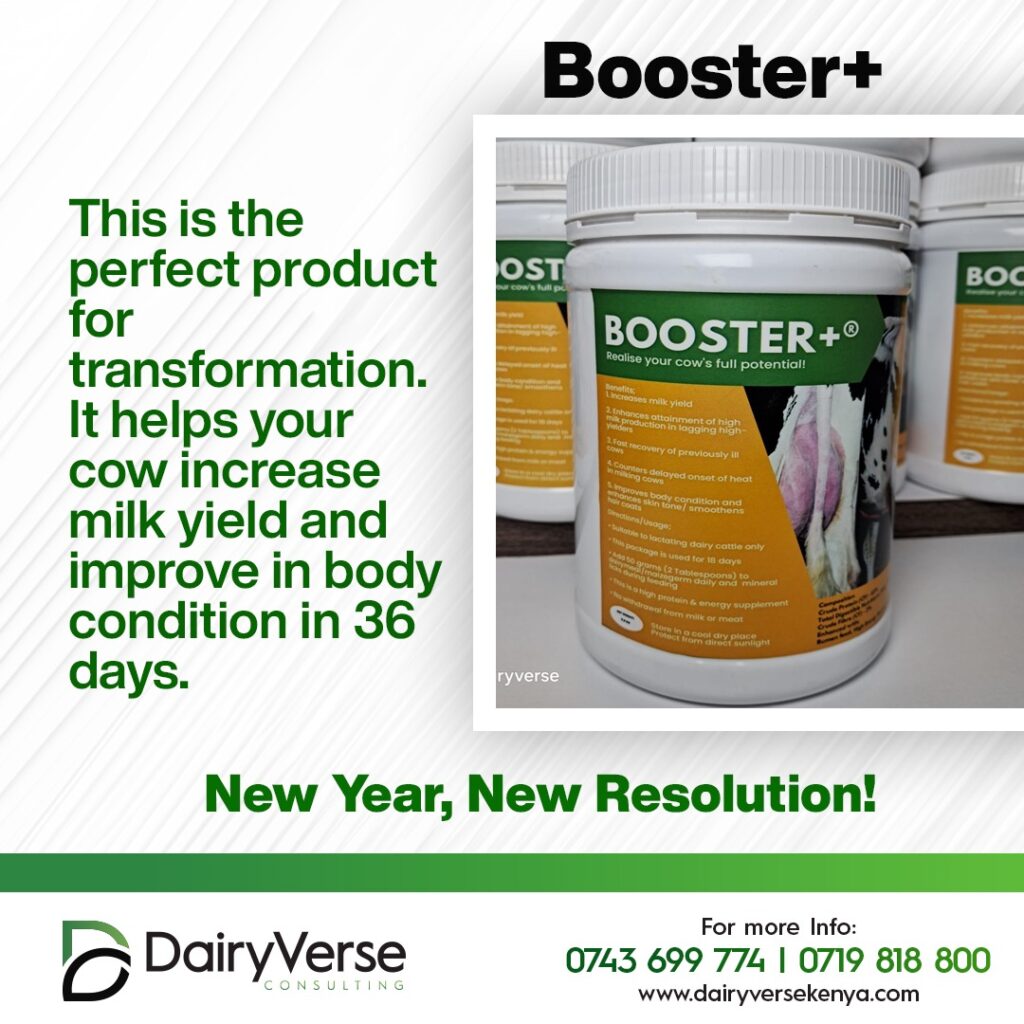
Conclusion
Ketosis is a silent thief in dairy farming, reducing milk yield, affecting fertility, and increasing vet costs. The most effective way to manage ketosis is not treatment, but prevention through proper feeding, transition management, and good calving practices. With the right support such as Booster+® and Tranzpro®, farmers can maintain strong, productive herds and avoid the heavy losses caused by ketosis.

